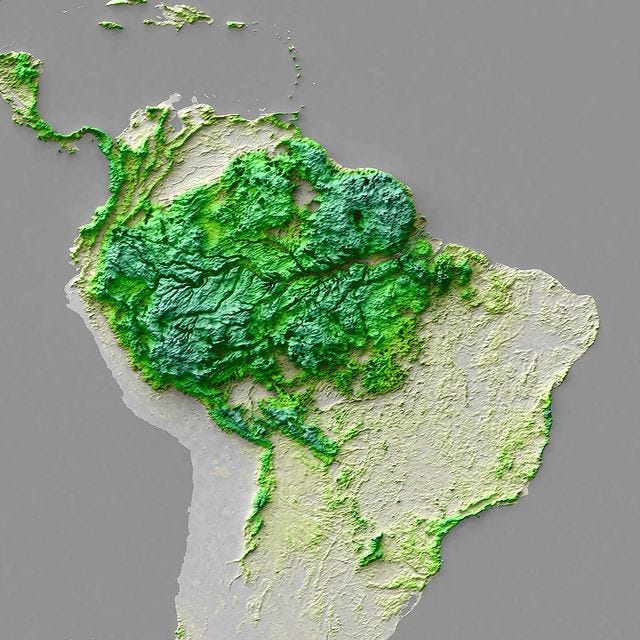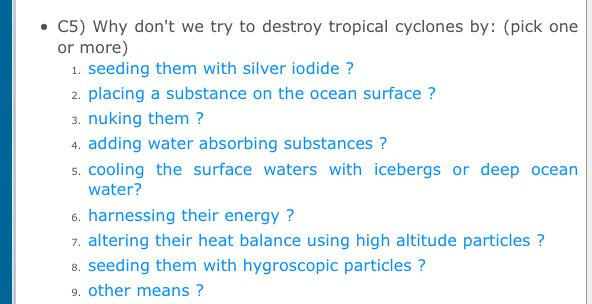Understanding the Amazon Fires
This New York Times piece is the best explainer I’ve read on the extent of the fires currently burning in the Amazon Rainforest. It places this August’s fires in the context of the previous decade.
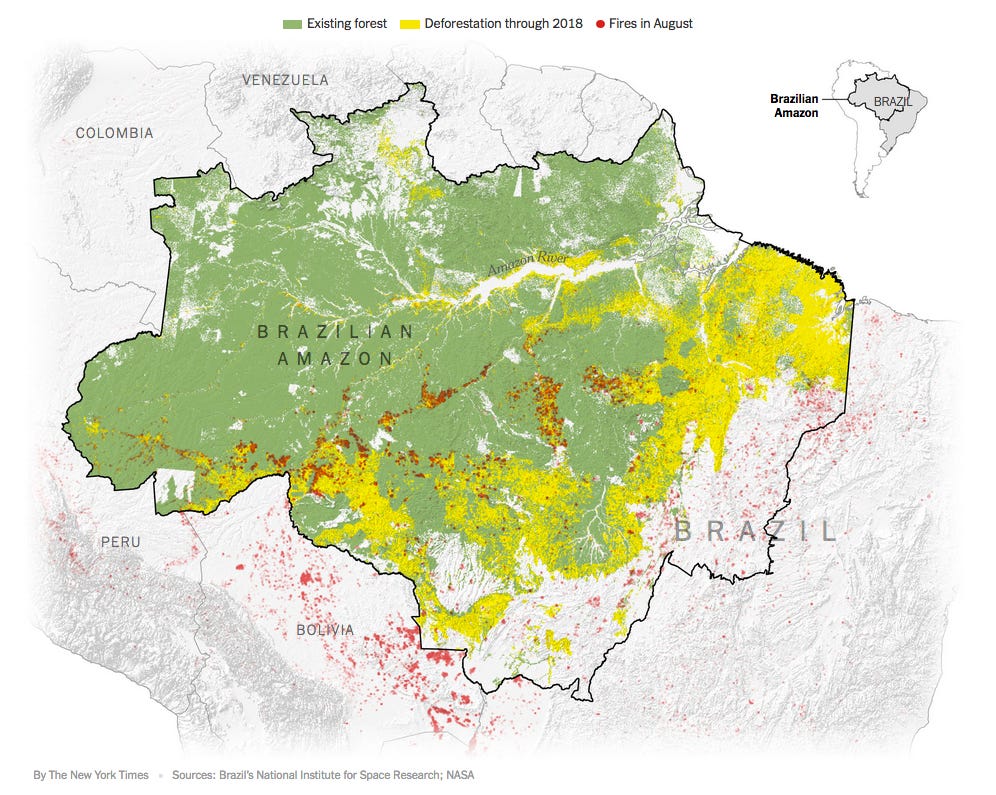
Image: NYT. Description: A map illustrating the extent of fires burning in August in the Brazilian Amazon.
In the years following 2005, there was a very significant reduction in deforestation in Brazil’s Amazon, as a result of environmental protection policies.
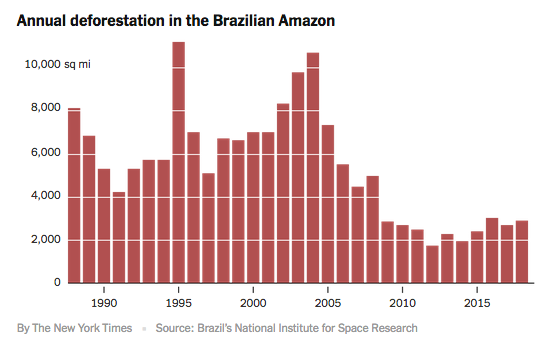
Image: NYT. Description: A graph of annual deforestation in the Brazilian Amazon. The numbers show large spikes up to 10,000 square miles in the 1990s and early 2000s, followed by a significant reduction post 2005.
However, in recent years Brazil’s deforestation numbers are on the rise again. Herton Escobar reports in Science Magazine:
“Recent data have clearly shown that deforestation in Brazil is on the rise. From January through the end of July, 6800 square kilometers [2625 square miles] were cleared, according to INPE [Brazil’s National Institute for Space Research], 50% more than in the same period last year. But Bolsonaro called the data “a lie” and had INPE’s director, physicist Ricardo Galvão, fired in early August.”
Julia Rosen at LA Times covered the consequences of losing rainforest area in the Amazon.
James Temple at MIT Technology Review explores whether “deforestation will push the world’s largest rainforest to a tipping point, where spiraling feedback effects convert much of the forest into savannah”.
The reasoning behind the rainforest tipping point idea goes like this. Although you may think that clouds from afar bring rain to forests, we now know that the Amazon rainforest produces half of its own rainfall. The way it works is that trees suck up water, which evaporates through leaves, seeding new clouds that rain over the forest. Through this cycle, trees in the Amazon can recycle the water brought in by clouds from the Atlantic five to six times over.
In fact, you can even see this process.
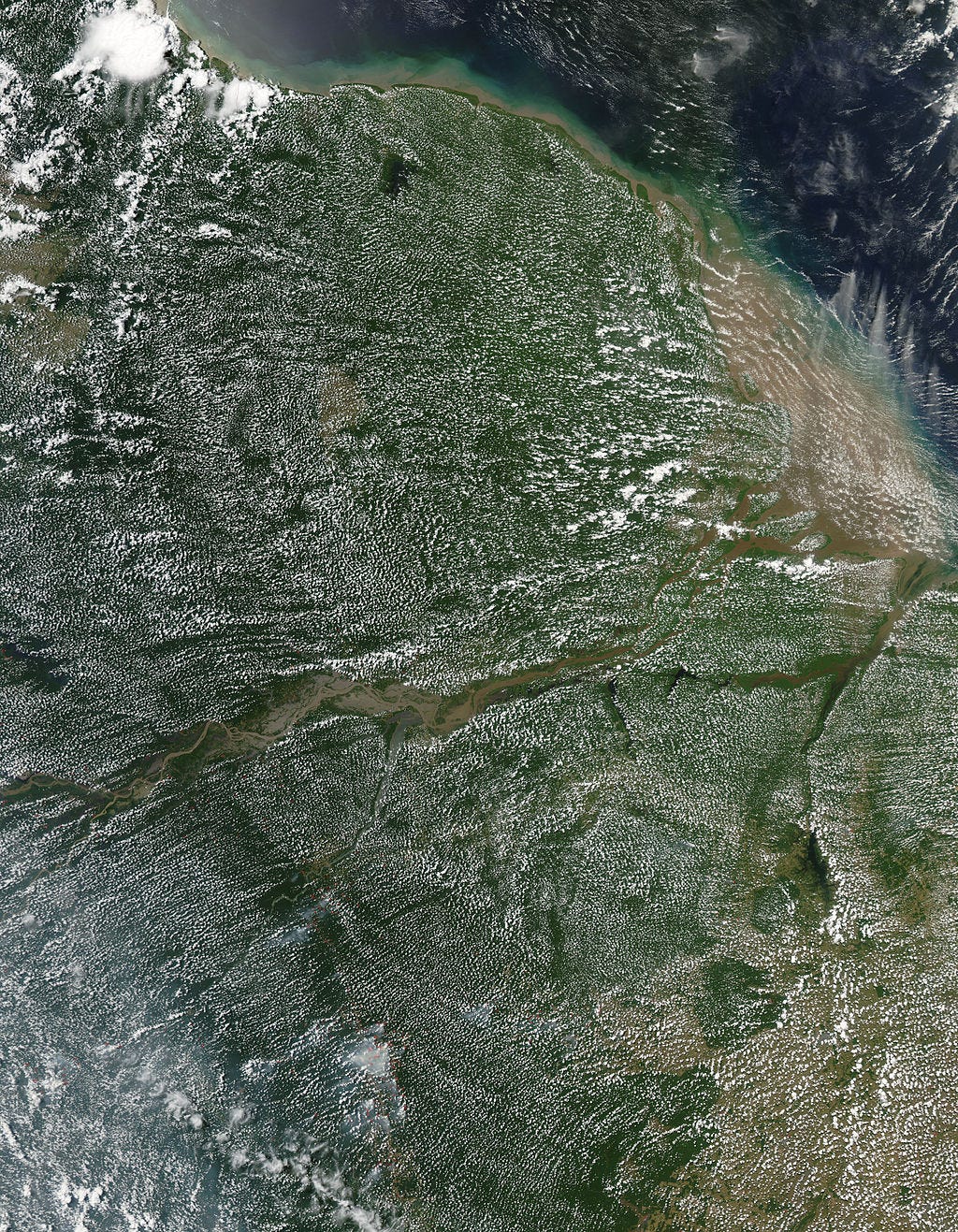
Image: NASA Earth Observatory (Public Domain) Via Wikimedia. Click through for image description.
The picture above shows the Amazon during the dry season. The tiny dew-like white spots are very likely clouds created by the process of ‘evapotranspiration’ — they’re the rain clouds that the forest creates. (You can read more about this remarkable process here and here.)
By deforesting the Amazon, among other things, we reduce the forests ability to create rain. The difference can be as high as nearly 50 centimeters (~19 inches) of rain per year, which is nearly a quarter of the annual rainfall, or about an hour of heavy rain per week.
Some scientists argue that this can lead to a vicious cycle where at a certain level of deforestation, the rainforest can no longer produce enough rain to sustain the habitat, and the land converts from forest to savanna.
Minute Earth did a fantastic job of illustrating and explaining this feedback loop, in a video that also highlights the value of indigenous knowledge.
Here’s a remarkable visualization of the carbon store in the Amazon rainforest, by Greg Fiske at Woods Hole Research Center.
The Case for Climate Rage
A lot of climate communication takes a dispassionate look at the problem. Amy Westervelt wrote an excellent piece arguing for the role of emotion and even anger in confronting & communicating climate change.
She also provides an excellent starter reading list:
The story of climate change, both its history and its future, needs to be told by people who have already experienced injustice and disempowerment, people who are justifiably angry at the way the system works. And some of those stories are beginning to be told.
Psychologist Renee Lertzman first wrote about climate grief, and how to process it into action, more than a decade ago
Mary Annaise Heglar writes beautifully about the intersection between racism and climate change
Katharine Wilkinson is a vocal advocate for amplifying the voices of women of color on climate
Marine biologist Ayana E. Johnson writes on ocean conservation, a critical and weirdly overlooked component of tackling climate change
Bina Venkataraman’s forthcoming book The Optimist’s Telescope: Thinking Ahead in a Reckless Age focuses on long-range thinking for a better future
NASA scientist Kate Marvel writes regularly about the interface between science and human values
Tammara Toles O’Laughlin is transforming the climate activist group 350.org into a diverse and equitable force for justice
Rhiana Gunn-Wright is writing the real policy that will help create a Green New Deal
Oceanographer Sarah Myhre fought for, and won, the freedom to bring feeling and conviction into communicating the science of climate change
I’d pair that with Maria Bustillos’ piece on the relation between collective and individual responsibility — Pascal’s Climate.
Understanding Climate Sensitivity: What’s up with the error bars?
The Earth’s climate sensitivity is the rise in our planet’s average temperature brought about by doubling carbon dioxide levels. Before the Industrial Revolution, CO₂ levels were at 280 parts per million. This year we hit 415 parts per million, so we’re almost halfway towards a CO₂ doubling compared to pre-industrial times.
Climate scientists estimate that the warming brought about by a CO₂ doubling — our climate sensitivity — lies between 1.5℃ and 4.5℃. Why does this prediction have such a wide range? How do climate scientists arrive at this number? If you’re interested in these questions, Zeke Hausfather at Carbon Brief has an excellent explainer from last year on how scientists estimate Earth’s climate sensitivity.
More Climate News
This is a remarkable statistic: “By the end of the summer, about 440 billion tons (400 billion metric tons) of ice — maybe more — will have melted or calved off Greenland’s giant ice sheet, scientists estimate. That’s enough water to flood Pennsylvania or the country of Greece about a foot (35 centimeters) deep.”
Tree cover can cool down a city block by as much as 10 degrees Fahrenheit
As wildfires get worse, insurers pull back from riskiest areas
How firefighters in California are preparing for future fires
How can we do right by future generations?

A study found that more aggressive spiders were more likely to survive once a hurricane had passed
Fracking boom tied to methane spike in Earth’s atmosphere
Fracking may be a worse problem for climate change than we thought
Iceland mourns loss of a glacier by posting a warning about climate change
Ellen Swallow Richards: MIT’s first female student
Before Rachel Carson was born, Richards wrote and lectured that a direct link could be drawn between the well-being of humans and the safety and cleanliness of the environment in which they lived. At the turn of the 20th century, as if she was anticipating many of the discussions taking place today in the age of the Anthropocene, Richards said, “The quality of life depends on the ability of society to teach its members how to live in harmony with their environment, defined first as the family, then with the community, then with the world and its resources.”
“The world’s biggest ever climate mobilisation was led by children. It’s time adults stepped up.” Find a climate strike happening near you.
The broader importance of #FridaysForFuture
How one billionaire could keep three countries hooked on coal for decades
July was officially the hottest month ever recorded

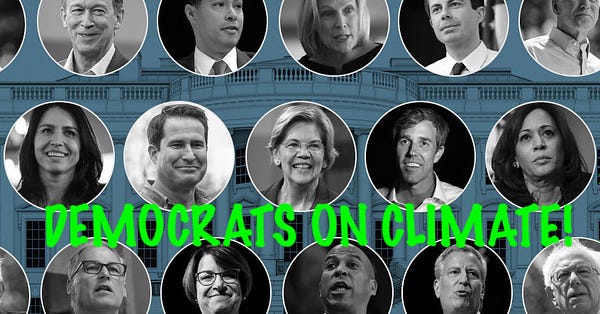

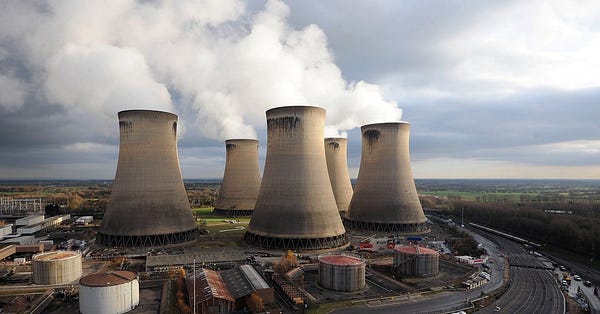
As Greenland melts, its sand is becoming increasingly valuable


In order to understand the brutality of American capitalism, you have to start on the plantation. That’s the tile of sociologist Matthew Desmond’s piece in the remarkable 1619 project, a New York Times production exploring the history and enduring legacy of slavery in the United States. Read more stories from this project here, or check out the podcast. If you’re an educator, the Pulitzer center has published a school curriculum around this project.
Another excellent and deeply historically researched read on the links between slavery and American capitalism is the book This Half Has Never Been Told.
A history of estimating global CO2 emissions

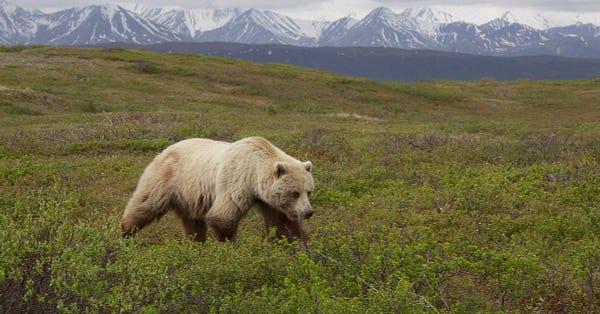
How people in Phoenix, Arizona are adapting to warming temperatures
The US Government is moving to weaken the Endangered Species Act
The Washington Post has a new series about places that have already warmed by ~2 degrees Celsius, roughly double the global average. Here’s the first piece, on New Jersey & Rhode Island — the two lower 48 states with the highest level of warming so far.
The tweet above shows a screen capture of an FAQ from the Hurricane Research Division of NOAA responding to some of the more creative and outlandish ideas for combating hurricanes.
The Thin Orange Peel
Here’s an interesting fact I learnt this week. The atmosphere is thinner than you might think — and it’s uneven. The part of the atmosphere in which all weather occurs is called the troposphere. This layer contains 99% of water vapor, and makes up 75% of the atmosphere by mass. It turns out that at the poles, the troposphere ends at roughly the same height as Mt Everest, while at the equator, it extends to about twice this height.
The picture below shows us what this layer looks like in practice. The orange layer is the troposphere, the white layer is the stratosphere, and the blue layer is the mesosphere.
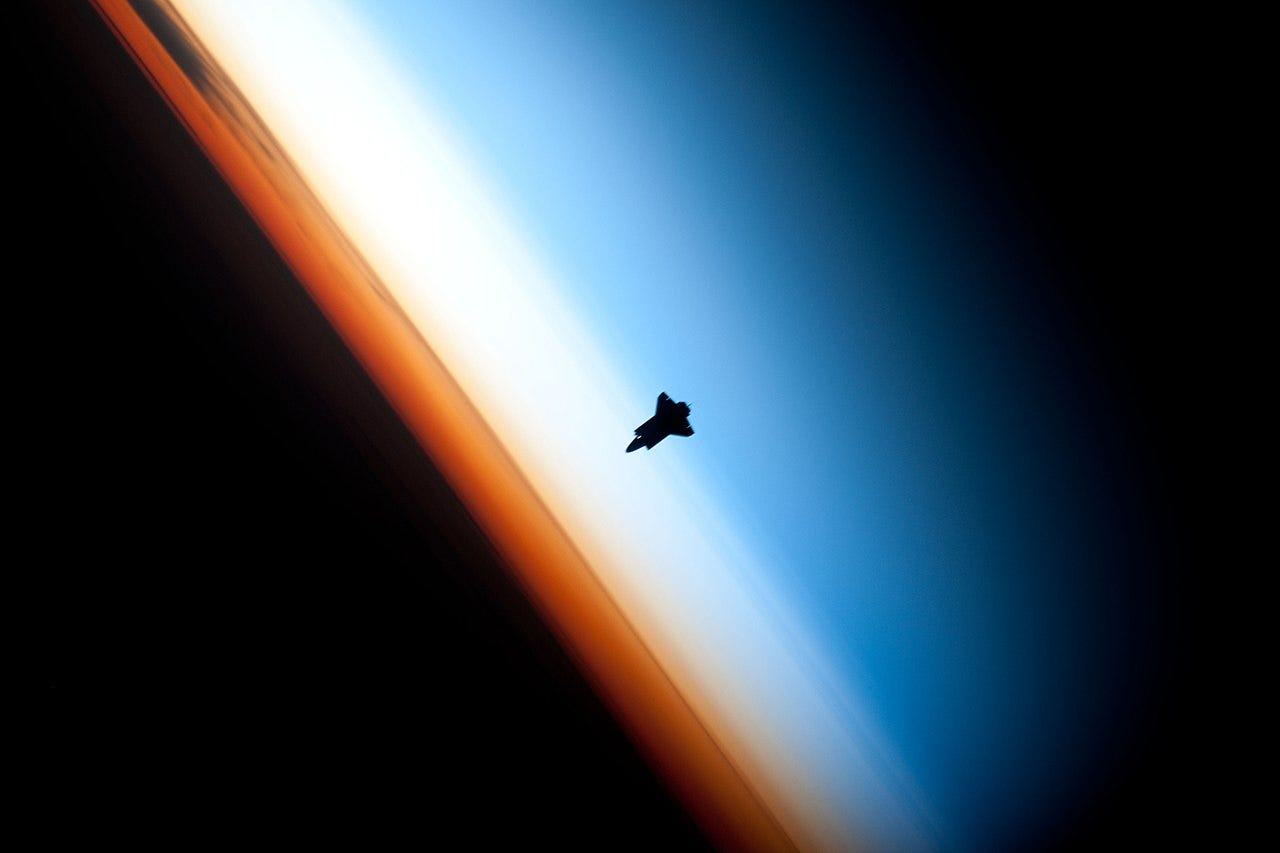
Image: NASA / Wikimedia (Public Domain)
Nearly everything we think of as the atmosphere — every cloud that we’ve ever seen — exists in that thin orange peel. If you scaled an orange up to the size of the Earth, it’s skin would be about 30 times thicker than Earth’s troposphere.
That’s all for this week, see you next time!



